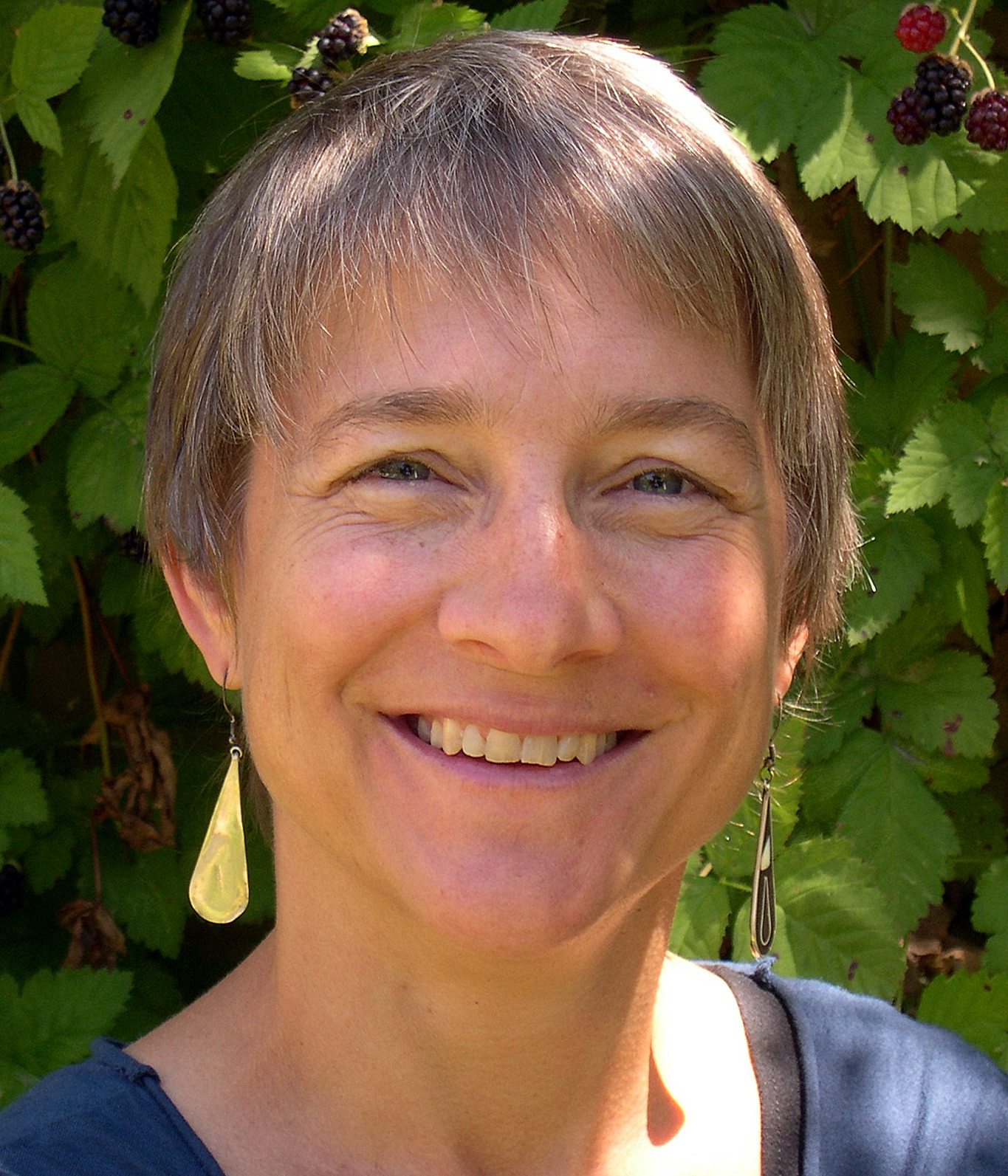My journey as a poet began the day I discovered the Elysian Fields of Berlin, Ohio. I was probably 11 or 12 -- old enough, at least, to know something of Greek mythology. It was summer, and I was out by myself, walking in the dark woods on the edge of town. At one point during my walk, I looked up and saw a clearing of trees and a field of ripe, golden wheat kissed by the full light of the late afternoon sun. I looked at the field for a while and walked home.
Nothing dramatic happened when I saw the field. I heard no voice, saw no angels sitting on the head of a stalk of wheat. I didn’t experience an overwhelming sense of love or awe. And yet I said to myself as I was walking away, “I have seen the Elysian Fields.” It was like I had been given a glimpse into the heart of reality, and I saw how it is lit from within and from without by radiance. I believe that ever since then I’ve been convinced that this radiant world is the true world, the one we really live in but are blind to much of the time.
I went back to my normal way of seeing, although I’d catch a glimmer here or a shine there. But this experience was the beginning of my journey with poetry, which has always been linked for me to contemplation. Contemplation, as defined by theologian Walter Burghardt, is a “long, loving look at the real.” This is exactly how I would define poetry, and how I would also describe the experience that summer afternoon looking at the lit field.
Other than the angst-ridden poems I wrote as a teenager, I didn’t write my first “real” poem until I was 28. I had worked professionally as a journalist until then and had just graduated from Divinity School. I told myself that I’d give myself a year to scratch this writing itch I’d had for several years. I thought I’d freelance for magazines or write academic essays. This kind of writing, however, proved unsatisfactory rather quickly. It didn’t allow me to say what I really wanted to say – or, perhaps more accurately, it didn’t allow me to see the way I really wanted to see. I tried fiction, which came closer to what I was after, but it wasn’t until my friend Mark challenged me to write 50 poems for him in two months that I found my form.
Thomas Merton has written, “The earliest church fathers knew that all things, as such, are symbolic by their very being and nature, and all talk of something beyond themselves. Their meaning is not something we impose upon them, but a mystery which we can discover in them, if we have the eyes to look with.”[1] Poetry was teaching me how to surrender to something rather than immediately impose my judgments and constructs on it. It was giving me eyes through which I could recover the mystery, the radiance, in things.
I would go to cafes and stare out the window. I remember one time in particular, in the middle of winter. I was sitting at the Au Bon Pain on Massachusetts Avenue in Cambridge, when I looked up and noticed the leafless trees lining the avenue -- or, as I wrote in the poem I had been working on, the “spider-web etch of black limbs against a gray February sky.” Before I wrote that poem, I had passed by those trees hundreds of times without having really seen them, without having taken a long and loving look at their reality.
Poetry allowed me to contemplate my inner landscapes as well. At the time I began writing poetry, I was somewhat estranged from my Mennonite heritage, faith and community. I had been running away from home for a long time. Poetry made me stop and actually look at what I was running from. When I did, I saw red-winged blackbirds, furrowed fields, a clarifying simplicity, holiness. Religion means, etymologically, to “re-bind,” to bring together what had once been whole. Poetry was a religious practice for me, then, in that it bound me back to my community, its stories, memories and faith.
Poetry has led me on a surprising journey of return. I am now a pastor at First Mennonite Church of San Francisco. If you had told me, when I began writing poetry, that I would be a Mennonite pastor someday, I would have laughed the laughter of Sarah.[2] But here I am. When I am standing in front of these people that I love on Sunday mornings, leading us in prayer as we pour out the joys and sorrows of our heart, I feel a part of a radiant community, a place where “new light is streaming.”[3] I am standing in the midst of the Elysian Fields once again.
Revelation means, in its Latin root, “an unveiling.” We don’t build the realm of God on earth; we unveil it. I have been convinced of that ever since I was a girl of 11 or 12. Poetry has helped me remove some of the veils. Although I “see through a glass darkly,”[1] still, I see. I see the radiant realm that is always in our midst.
[1] I Corinthians 13:12
[1] Quoted in Mark Van Doren’s forward to Selected Poems of Thomas Merton (New York: New Directions, 1967), pg. xii.
[2] Sarah is Abraham’s menopausal wife, who is “advanced in age” (Genesis 18:11), when she is told by God that she will bear a son.
[3] From the hymn “Here in this place” in Hymnal: A Worship Book.
